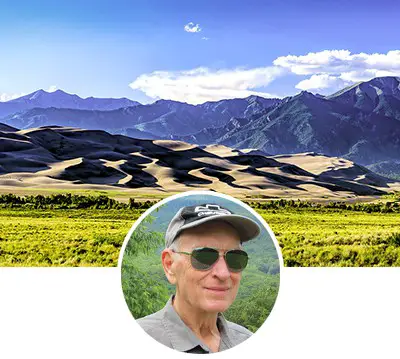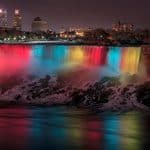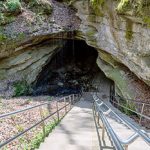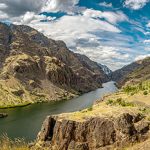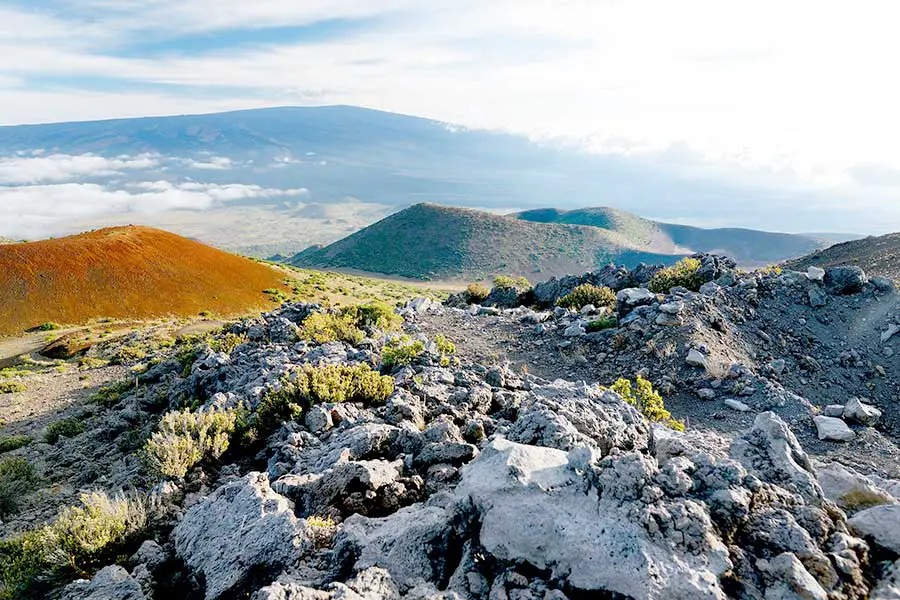
Mauna Loa stretches 75 miles across the Big Island of Hawaii. This volcano bubbles up and adds new land to Hawaii each time it erupts. There are many interested in exploring the slopes and summit of this volcano, but they are unsure whether you can drive to the top of Mauna Loa or not.
While there is no road to the summit, the Mauna Loa Observatory Road gets closest to the summit of Mauna Loa. This roughly paved, single-lane road leads to the Mauna Loa Observatory at 11,135 feet. There is a 6.4-mile trail to the 13,681-foot summit of Mauna Loa from the observatory.
Driving up the side of the largest volcano on earth can be daunting. Reading on will provide explorers, volcano enthusiasts, and others interested in a trip to the summit with the knowledge about the journey up Mauna Loa.
The Way Up Mauna Loa
Mauna Loa is on the biggest island in Hawaii. Mauna Loa means “long mountain” in Hawaiian, which is a fitting name for this volcano. Mauna Loa is a shield volcano meaning it has broad, sloping sides formed over years of eruptions. Mauna Loa’s eruptions are classified by fluid lava that travels long distances—often beginning in the middle of the island and making it to the ocean.
Since experts began monitoring this volcano in the mid-1800s, it has erupted approximately 33 times. What makes it safer is that the eruptions are not as explosive compared to other eruptions. Usually, the lava begins to seep more than explode, which makes the drive up the mountain safer, but not without risk.
The Mauna Loa Observatory Road is only 17 miles long, but it takes around an hour to drive since it’s an underdeveloped road. The only way to get to Observatory Road is from Saddle Road. Saddle Road traverses the Big Island from east to west, so those driving to the Observatory Road can get there from either side of the island.
This volcano and observatory are in Hawaii Volcanoes National Park. This national park has dormant volcanoes, active volcanoes, ancient lava tubes, steam vents, and so much more.
The national park area that Mauna Loa is in does not have much other than the observatory and volcanic rocks. It is primarily hardened lava rock, devoid of plants and animal life.
Mauna Loa Observatory Road is remote, with amazing views of the various volcanos on the island. But the lack of plants and trees and the far drive make this road less popular than many other national park summit roads.
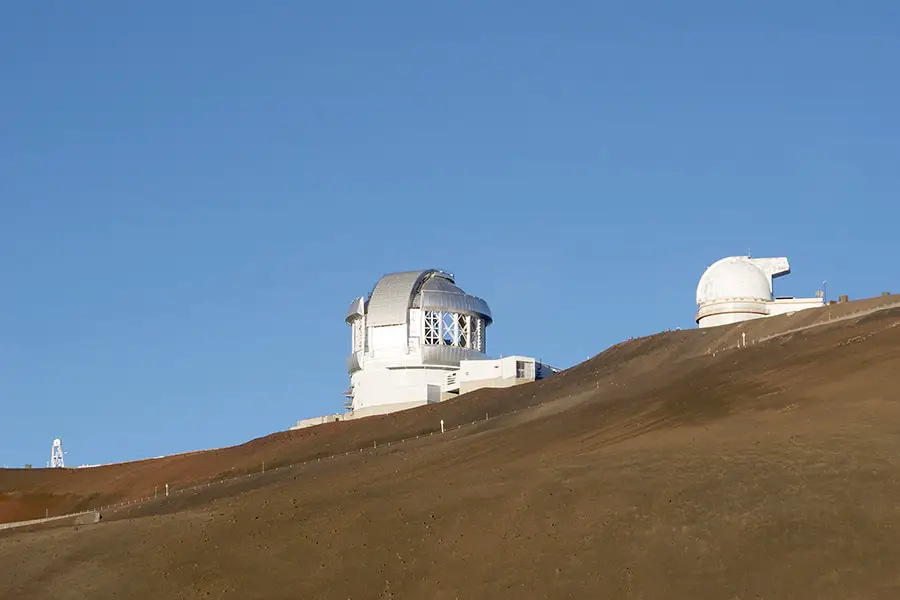
Many people use this road to get to the trailhead for the hike to the summit. The hike up Mauna Loa is a challenging trip. Going up to 13,681 feet in elevation is no small feat. In addition to the elevation gain, the hike is over six miles of loose, uneven rocks. The rock is also very sharp, so it’s critical to have durable hiking shoes or boots that won’t get torn up on the rocks.
Another aspect of this hike that makes it difficult is the hikers must follow the stacked rocks. Once you get to one pile of rocks, you must find the next stack, and so on. Much of the lava cools in piles that look like stacks, so hikers must pay close attention to the stacks. In poor visibility, it is essential to remain focused on staying on the right trail.
Additionally, before going on this hike, hikers must obtain a permit. The fee for up to 10 people is only $10. Hikers must submit payment and obtain their permit at the Backcountry office in person. When hikers get their permits, they can inquire how many other permits are active at the time to prepare for any other hikers on the trail.
There is a summit cabin for hikers to stay at. The bare-bones cabin has 12 bunks with sleeping pads. This cabin also has amenities for those that stay there. There are water collecting tanks, and hikers should check the water levels with the permit office before departing for the summit.
Additionally, there is another cabin, the Red Hill Cabin, where hikers can camp on Mauna Loa, but the summit cabin is the only one on the top of the mountain. As long as hikers have a permit, staying at either cabin is first come, first serve. Both cabins have composting toilets and water collection tanks.
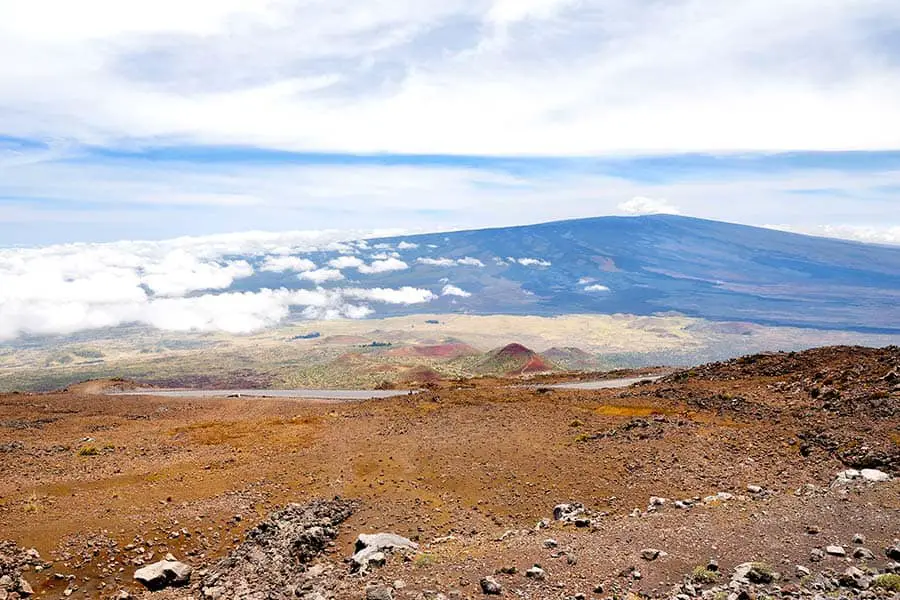
The National Park Service asks that campers leave no trace and don’t throw garbage in the toilets. In addition, hikers should treat any water they use from the collection tanks before drinking or cooking with it.
Before and during a camping trip, backpackers should be continuously monitoring the weather. Because of the height of the summit, high-altitude storms can happen frequently. In addition, even though this mountain is in Hawaii, the temperature on the mountain’s upper slopes falls below freezing throughout the year.
There are also health hazards connected to hiking Mauna Loa. Hikers often get altitude sickness, and the only way to cure it is to descend. If any scuba divers want to attempt the hike, they need to wait at least 24 hours after they finish diving to begin ascending Mauna Loa. Pregnant women, children under 16, and those with cardiac or pulmonary health issues should avoid climbing Mauna Loa.
The National Park Service in Hawaii has compiled a helpful list of symptoms of different sicknesses while hiking at high altitudes. Some of the most common symptoms to watch out for include:
- Headaches
- Nausea
- Weakness or fatigue
- Out of breath (even while resting)
- Altered mental state
As those making their way up Mauna Loa, in a vehicle or on foot, are aware of these symptoms, they’ll be ready to have a safe and enjoyable time exploring the largest active volcano in the world.
Road Trip Answers Fun Fact: Mauna Loa is so heavy that the seafloor beneath the island bends under its weight.
Other Posts of Interest
- What Is The Difference Between Hilton Head And Myrtle Beach?
- Is It Hard To Drive In Atlanta?
- Can You Drive Through Zion National Park?
- Can You Drive To The Top Of Mount San Jacinto? (Palm Springs Tram)
How Hard is the Drive to Mauna Loa Summit?
The Mauna Loa Observatory Road is paved, but the road is not well maintained. The weather and time have caused erosion, and the pavement is cracked and riddled with potholes. The road is accessible by car, though it is “dippy” and also very steep in some places as it winds up the mountain.
If a driver takes their time going up the mountain, this road is not dangerous. There are many places to pull out and look across to the observatories on the summit of Mauna Kea. There are also interesting rock formations right next to the road.
Can You Drive to the Mauna Loa Observatory?
The Mauna Loa Observatory is where the road up Mauna Loa ends. The observatory is a large complex with multiple buildings and places to park.
One of the most popular activities when driving up Mauna Loa is to visit the observatory. The observatory’s primary purpose is to monitor and research data connected to changes in the atmosphere. This location is ideal for measuring the atmosphere because of the lack of vegetation, human inactivity, and clean/undisturbed air.
The Mauna Loa Observatory frequently works with national and international universities and government organizations.
Before scheduling a trip to the observatory, check here to see if they are open and available.
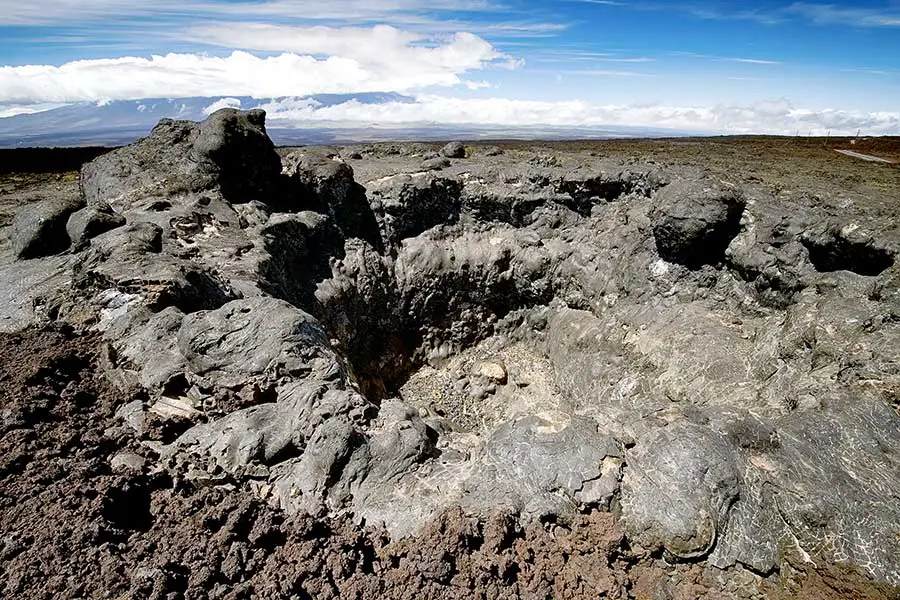
Is Mauna Loa Still Active?
Mauna Loa is still very much active. Around it, there are signs of activity like increased seismic activity, including minor earthquakes. Mauna Loa is often referred to as a “sleeping giant.” Geologists have determined that Mauna Loa’s alert level is “advisory,” which is one level above “normal.”
Can You Drive Up Mauna Loa at Night?
You can drive up Mauna Loa at night. The lack of air and light pollution makes it one of the best places on earth to stargaze. In addition, driving the road before dark will make your trip easier because you only have to navigate the narrow road in the dark once instead of twice.
If you decide to drive up Mauna Loa at night, be sure to pack warm clothes as the temperature quickly drops once the sun goes down.
Does Mauna Loa Get Snow?
Mauna Loa is one of two places in Hawaii that gets snow each year, the other being the neighboring mountain of Mauna Kea.
The snowfall is most frequent from December to February annually. Typically, it is a light dusting if it snows, but occasionally, there will be a few inches or more of snow that blankets everything and sticks around for a few days.
Which is Bigger Mauna Loa or Mauna Kea?
Mauna Kea, the mountain just 35 miles away from Mauna Loa is 13,803 feet tall. Mauna Loa is only 122 feet shorter than Mauna Kea; however, Mauna Loa is the bigger volcano because it has so much more volume.
Mauna Loa’s Rocky Beauty
Even though Mauna Loa is mostly volcanic rock, there is a certain beauty to the barrenness, which reminds visitors of new life. From the road that winds up Mauna Loa, travelers can look down the slopes and to the shore of Hawaii, where black lava rock fades to lush, green vegetation, which will one day climb up the slopes of Mauna Kea and feed off the rich, volcanic soil.

